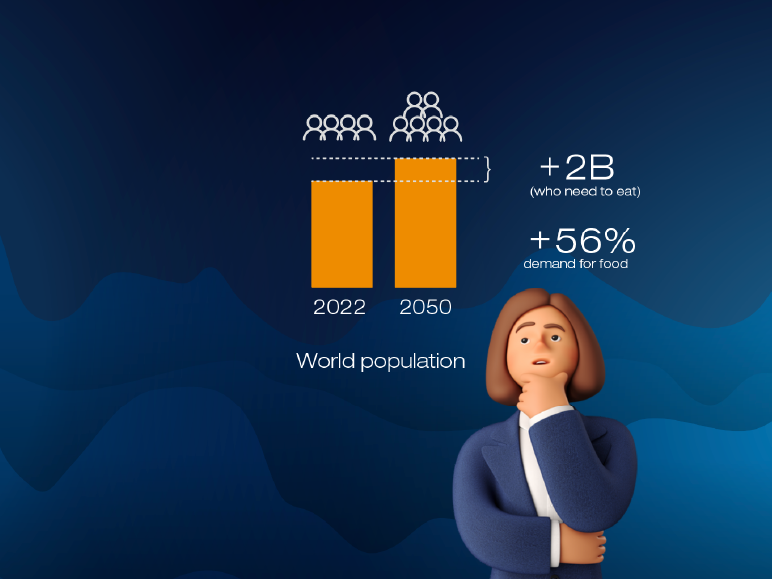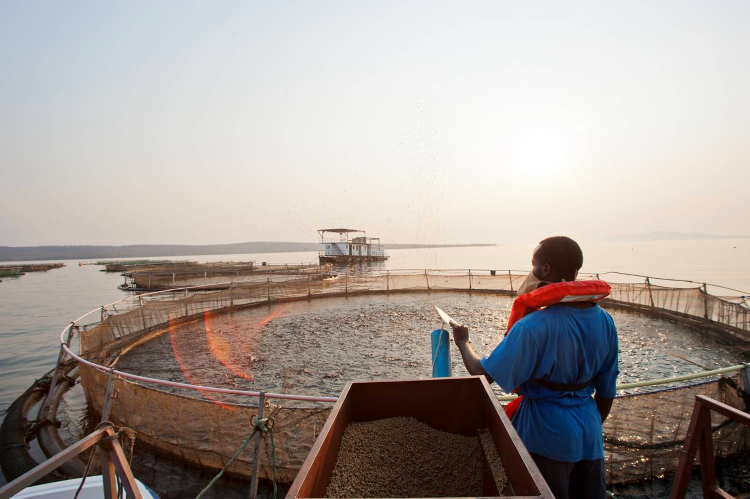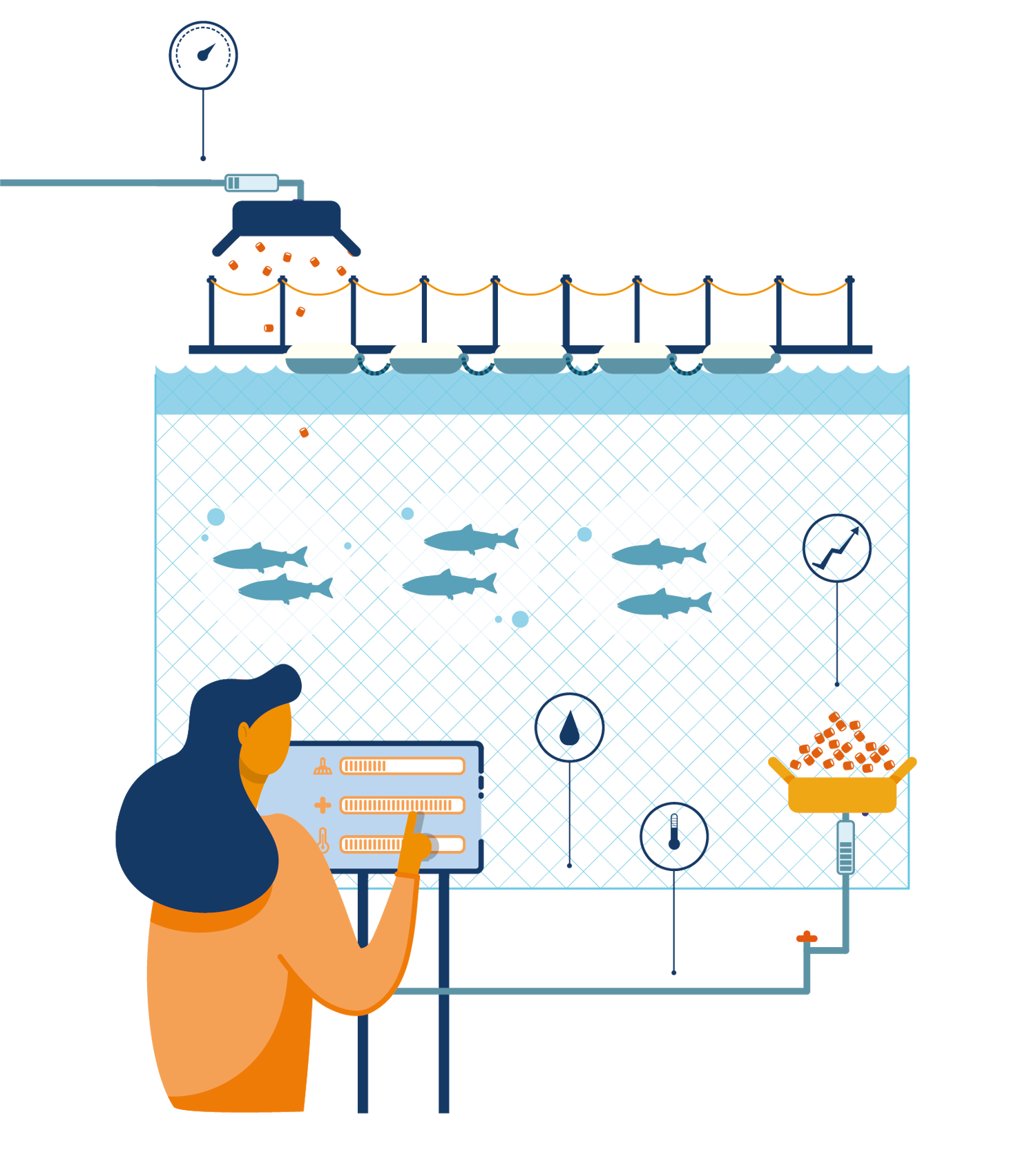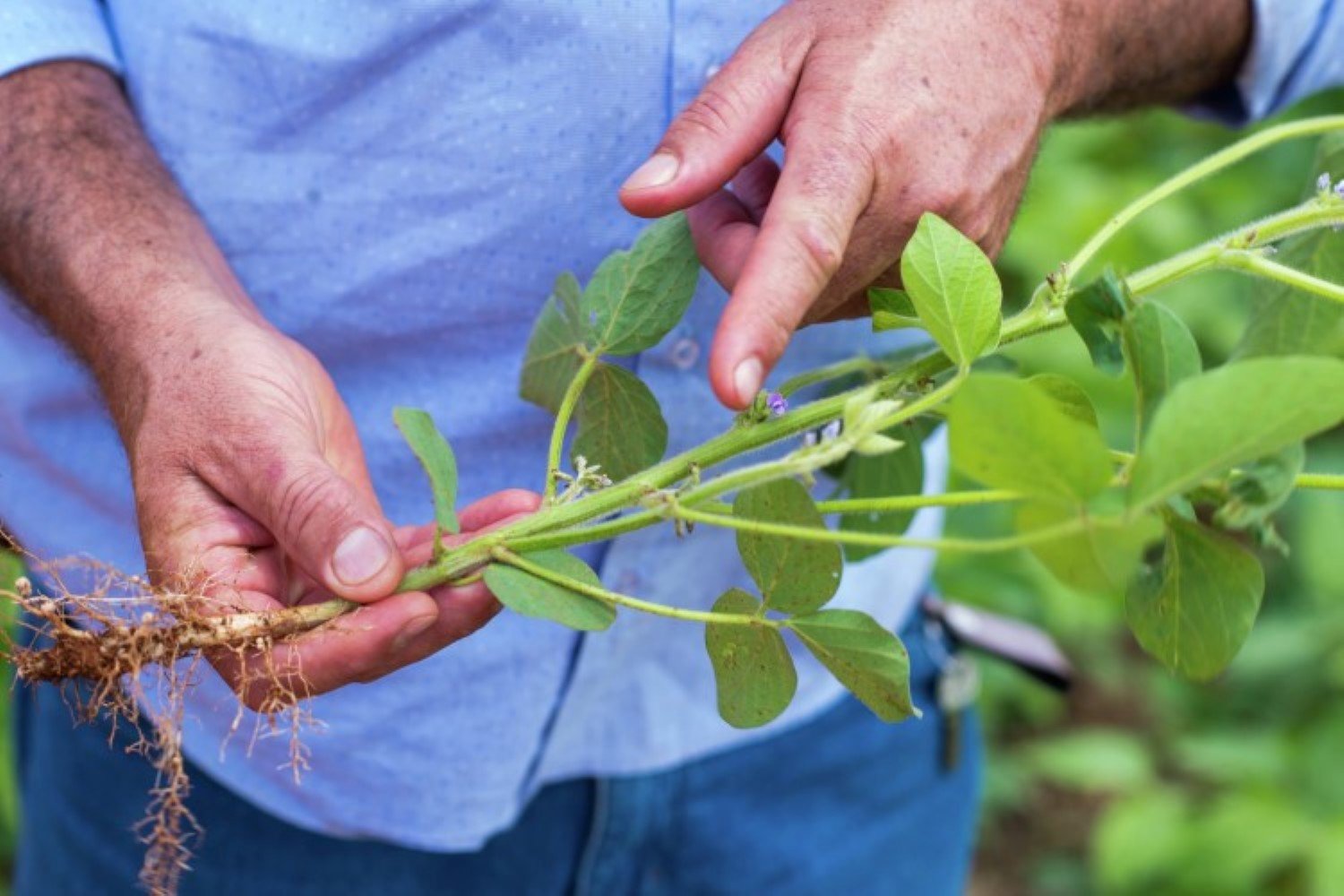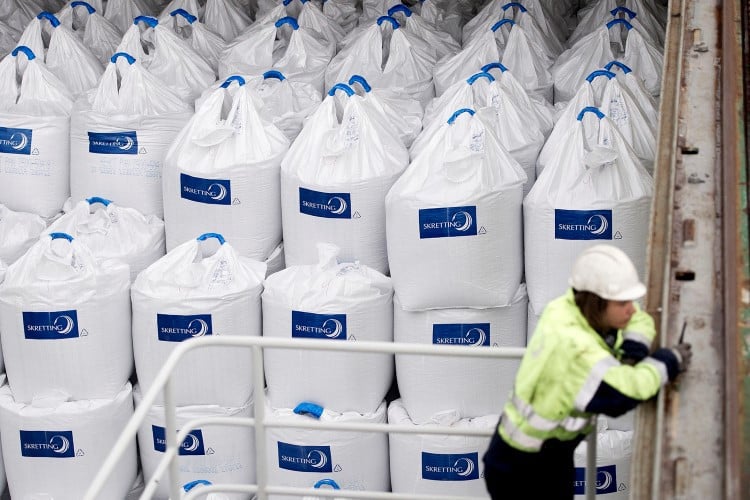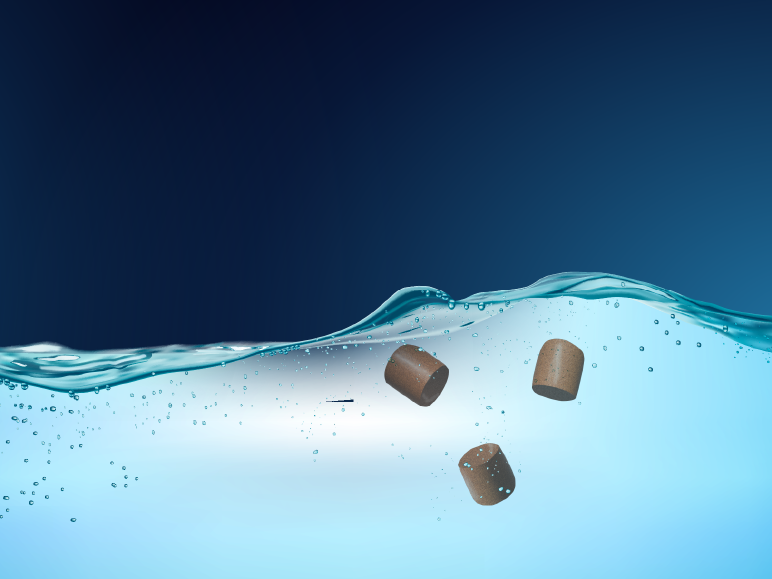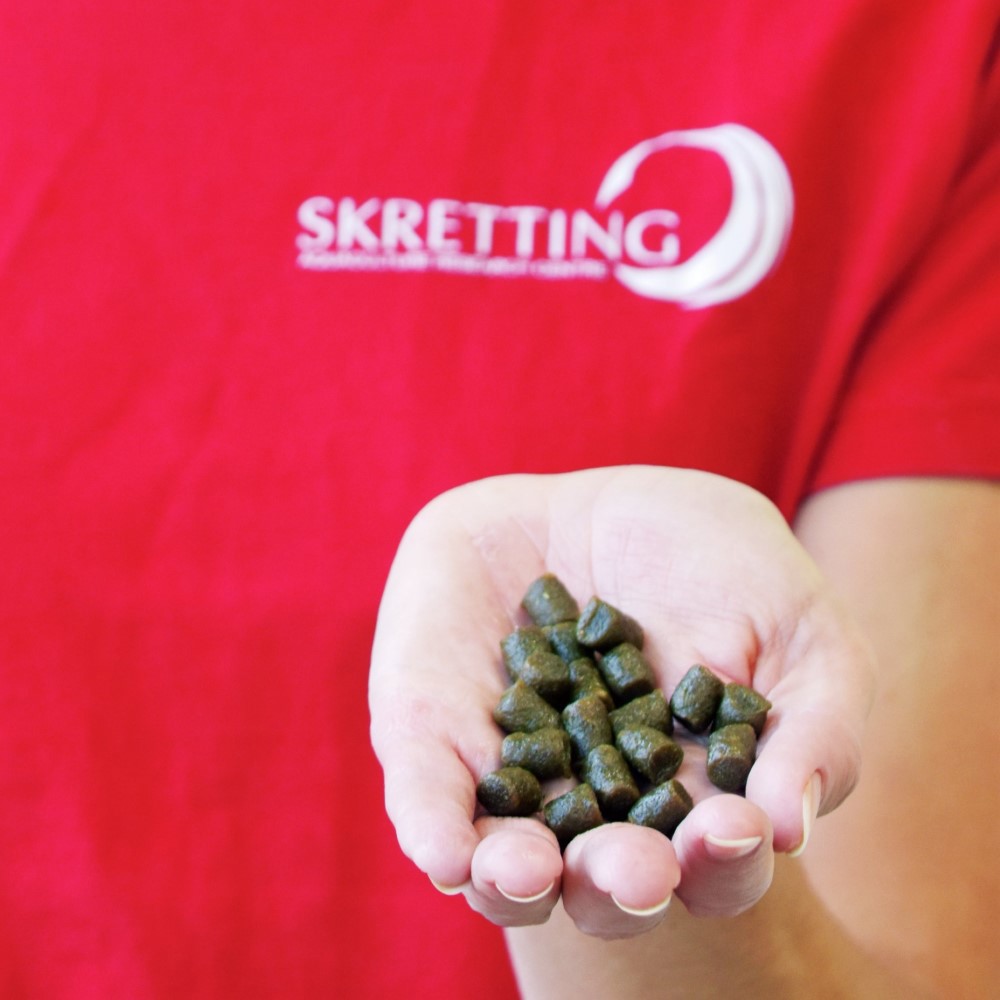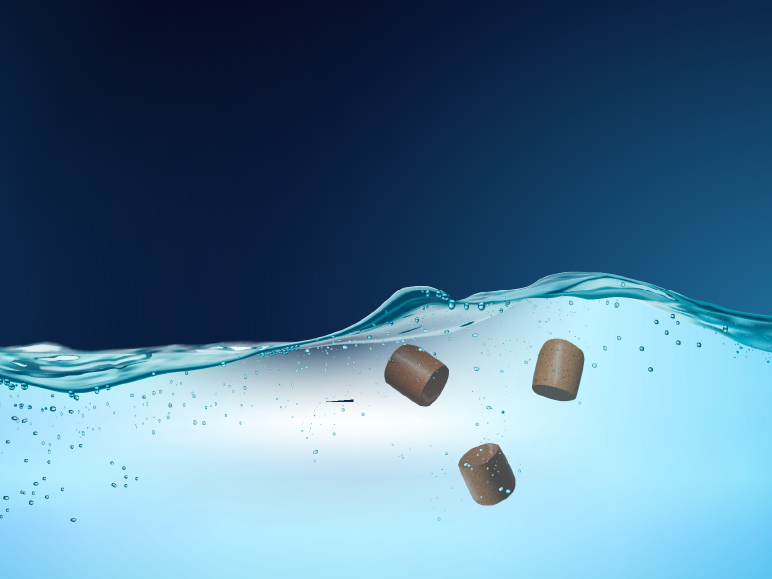
Why the feed iceberg?
In the same way that 90% of an iceberg is hidden below the waterline, almost all the value of aquaculture feeds is not visible to the naked eye (let alone people outside our industry). We want to change that. The humble pellet exterior hides decades of boundary-breaking scientific research and development, and practical commercial application – all geared towards making the farming of aquatic species more available, sustainable, productive, and valuable.

